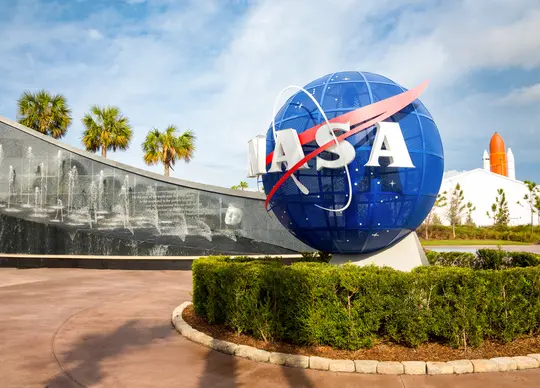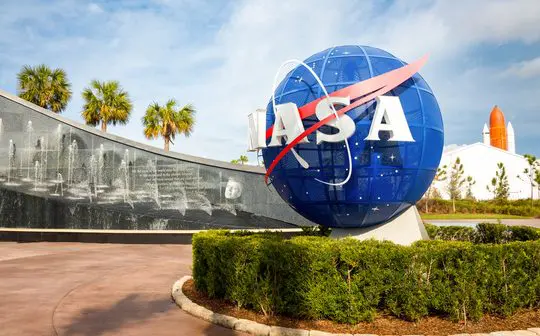
Continuing the collaboration that produced the COVID-19 Earth Observing Dashboard in 2020, NASA and its international partners in Europe and Japan have combined the collective scientific power of their Earth-observing satellite data in expanding the online resource to document a broad array of planet-wide changes in the environment and human society.
The expanded dashboard from NASA, ESA (European Space Agency), and JAXA (Japan Aerospace Exploration Agency), includes six new focus areas – atmosphere, agriculture, biomass, water and ocean, cryosphere, and the economy – that allow users to drill down into data-driven stories and interactively explore relevant datasets.
“At NASA, accessibility to data is a top priority,” said Karen St. Germain, NASA Earth Science Division director. “With our partners at ESA and JAXA, this is another important step to getting the latest information to the public about our changing planet, in an accessible and convenient way, which can inform decisions and planning for communities around the world.”
The dashboard provides an easy-to-use resource for the public scientists, decision-makers, and people who may not be familiar with satellite or Earth observation data. It offers a precise, objective, and comprehensive view of our planet. Using accurate remote sensing observations, the dashboard shows the changes occurring in Earth’s air, land, and water and their effects on human activities. Users can explore countries and regions around the world to see how the indicators in specific locations change over time.
The agencies collaborated to identify the most relevant satellite data streams and adapted existing computing infrastructure to share data from across the agencies and produce relevant indicators and stories.
“International collaboration between our space agencies is key,” said Simonetta Cheli, director of Earth Observation Programmes at ESA. “Our advanced Earth-observing satellite data provided by ESA, NASA and JAXA are used every day to benefit society at large and advance our knowledge of our home planet. After the success of the Earth Observing Dashboard, I am delighted to see how our resources and technical knowledge can be expanded and used to further our understanding of global environmental changes and other societal challenges impacting our planet.”
The atmosphere focus area demonstrates ways in which air pollution and climate change contribute to the biggest environmental challenges of our time.
In the agriculture focus area, users can explore satellite data that provides insights into agricultural production, crop conditions, and food supply.
The biomass focus area features a story describing how trees and plants remove substantial amounts of carbon dioxide out of the atmosphere each year.
In the cryosphere focus area, a story on the effects of global temperature rise on the extent of sea ice allows the reader to interact with a geographic visualization of a JAXA sea ice dataset.
The water and ocean area focuses on Earth’s largest natural resource and enables users to discover a view of the ocean that is as rich and complex as that of land.
The economy focus area provides access to datasets that show how Earth’s social and economic systems are connected to the environment.
In addition to the curated stories and dataset offered in each of the focus areas, the Earth Observing Dashboard provides direct access to a dataset exploration tool, which allows users to interactively explore the different indicators in detail.
“Following the collaboration with NASA and ESA on COVID-19, we expanded this dashboard to widely provide the stories on global issues about the environment and climate change to the world in the trilateral collaboration,” said Koji Terada, JAXA vice president and director general for the Space Technology Directorate I. “From the perspective of contributing to the understanding of the Earth’s environment and systems and enhancing the values of Earth observation data, we at JAXA will continue to work on updating this dashboard.”
Last year, NASA Administrator Bill Nelson announced a concept for NASA’s Earth Information Center, which is an opportunity for the agency to leverage its data and modeling capabilities to work with trusted government and community partners with longstanding engagement in communities most affected by climate change. The expanded Earth Observing Dashboard complements planning that is underway for the Earth Information Center.





